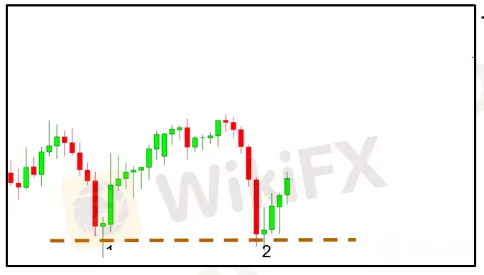Forums » News and Announcements
How to Identify the Breakout
-
Most of the techniques applied to analyze the market technically are depending on two main situations, which are BREAKOUT and REJECTION. Regardless of methods, whether using the indicator or the manual approach, all analytical methods will be based on either BREAKOUT or REJECTION.To get more news about WikiFX, you can visit wikifx news official website.
Before I continue with the tips on identifying the best breakout or rejection, let's get familiar first with what BREAKOUT and REJECTION are.
BREAKOUT and REJECTION are graph reactions to a zone that is viewed as responsive frequency of graph movement. This zone is called as the key level or SUPPORT & RESISTANCE.
Support and resistance is generated when the graph reacts at least twice to a certain zone. In this example, I will use the PRICE ZONE as a guide.
Repeated graph responses to a certain price zone can be used as a guide to mark the “key level”. Once the key level has been identified, then the focus is entirely for the zone on finding entry chances based on the graph response either BREAKOUT or REJECTION.
In short, SUPPORT and RESISTANCE are zones where the graph responds at least twice, while BREAKOUT and REJECTION are the reactions or responses of the graph to that zone.
Please refer to the diagram below where the graph reactions appear twice at the lowest price. The chance to execute BUY or SELL depends on how the graph responds afterward.

Breakout is a situation whereby the graph is able to cross the support & resistance zone and creates new price in a new zone.
We can predict whether the graph will perform a rejection or breakout in the support and resistance zone based on a series of candlestick movements approaching that particular zone.
This series of movements are called candlestick formation and it helps traders to visualize whether the market will perform a breakout or a rejection.
As a result, this series of candlestick formation structures depict the strength of the graph movement as it approaches the support & resistance zone. The emerging of candlestick formation shows an increasing graph movement momentum, while the declining graph movement formations show a decreasing momentum.
The graph has shown its reactions at least twice at a similar price. The identical response points in the form of the price are marked in the form of one straight line called as key level.
Attention is given to the key level as the graph begins to move closer to the key level. In this particular situation, many traders will often expect to execute SELL once the graph touches the key level on the basis of the graph has responded to the price previously.
